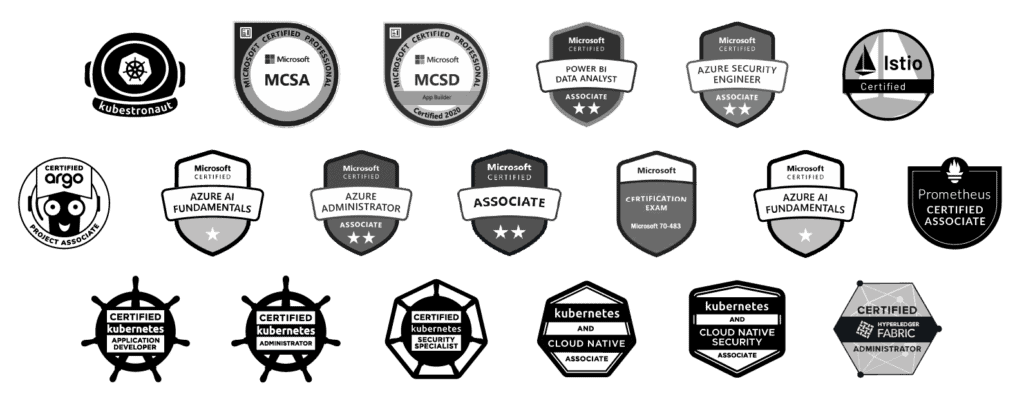In today's fast-paced business world, organizations generate vast amounts of documents, ranging from reports and manuals to contracts and emails. Efficiently managing this deluge of information is essential for maintaining productivity and fostering informed decision-making.
The Challenge of Document Management
AI/ML for Document Tagging: A Solution
1.0 Data Collection and Preparation
2.0 Data Preprocessing
Text extraction: Extract text from documents, converting images and PDFs into machine-readable text.
Text cleaning: Remove unnecessary characters, punctuation, and formatting.
Tokenization: Split text into individual words or tokens.
Stopword removal: Eliminate common words like “and,” “the,” or “in” that don’t carry significant meaning.
3.0 Model Selection
Text Classification: Use algorithms like Naïve Bayes, Support Vector Machines (SVM), or deep learning models such as Convolutional Neural Networks (CNNs) and Recurrent Neural Networks (RNNs).
Natural Language Processing (NLP): Utilize pre-trained models like BERT (Bidirectional Encoder Representations from Transformers) or GPT (Generative Pretrained Transformer) for advanced document understanding.
4.0 Feature Engineering
Create meaningful features from the preprocessed text data. You can use techniques like TF-IDF (Term Frequency-Inverse Document Frequency) or word embeddings to represent words and phrases in a numerical format that the model can understand.
5.0 Model Training
6.0 Evaluation
7.0 Deployment
8.0 Continuous Learning
Benefits of AI/ML Document Tagging
Efficiency
Consistency
Improved Searchability
Personalization
Scalability
Cost Savings
Enhanced Decision-Making
Access to well-organized and tagged documents empowers better-informed decision-making across the organization.












